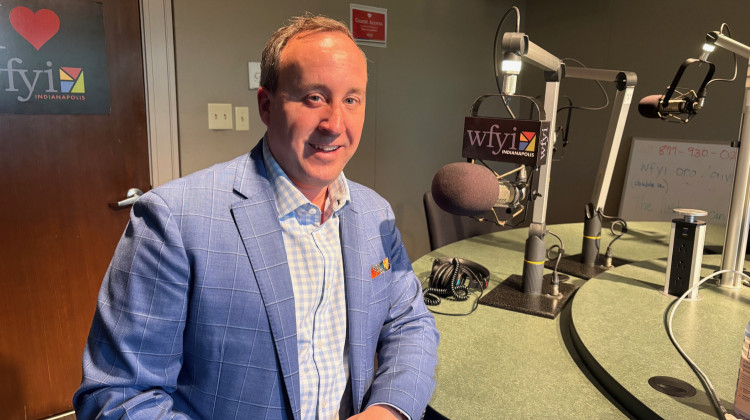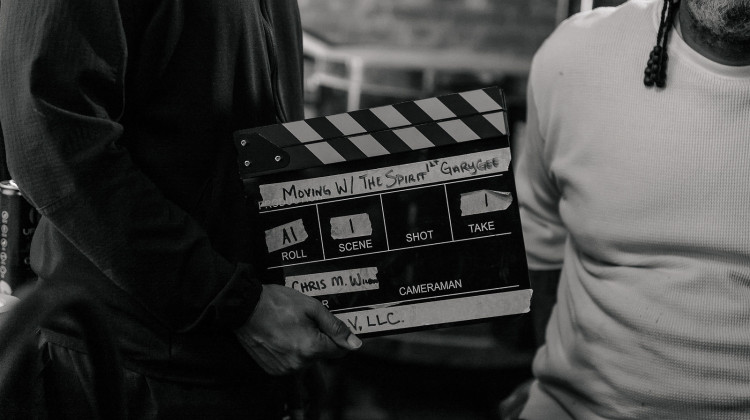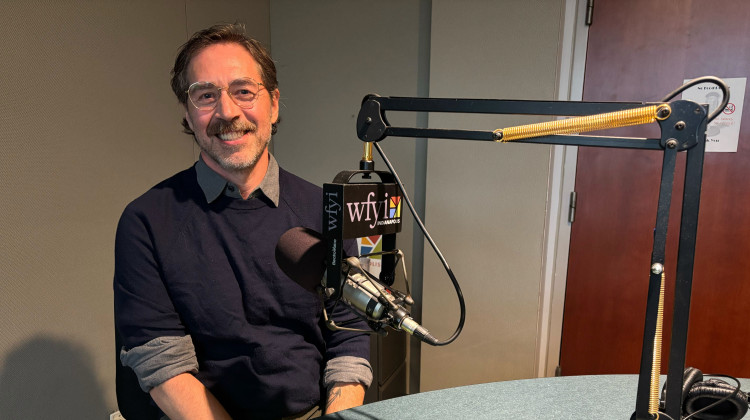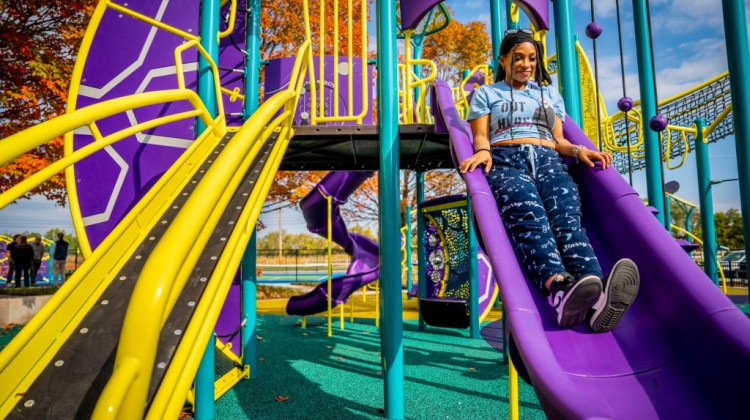Indiana Landmarks has a new leader. Brad Ward took over as President & CEO of the statewide historic preservation group this year. He’s only the fourth person to lead the organization since it was founded in 1960.
WFYI’s Jill Sheridan sat down with Ward to talk about preservation in Indiana – who is a Hoosier native but most recently worked in Charleston, South Carolina.
This interview has been edited for style and clarity.
Jill Sheridan: When we look at somewhere like Indiana and considering historic preservation, it’s much different than in a city like Charleston. What do they think are the biggest challenges that are facing historic preservation in Indiana?
Brad Ward: Well, you just always have to ensure that it's put into the context of, it's a tool, right? That it is a tool for how we grow as a community, how we thrive economically, how we develop and actively reutilizing these buildings is what's most critical. It is for the people — as many stories as they contain — and is the difference that they make over generations. They still have to be functional and purposeful going forward.
The challenge is just making sure that we're helping adapt to today's standards: How do we use this structure in a meaningful way going forward? And I liken it to the fact that there's a lot of construction being built today. And the question that I often have is, 'Will we really care if this is still standing 50 years from now?'
Sheridan: Funding is obviously going to be a challenge. Where do you start with people to find that willingness to really engage and fund?
Ward: To your point, it does take some significant dollars. We're in an environment where things are just getting kind of slashed and burned without any consideration or consequence. And so we're seeing that play out at the federal level. Now at the state level, it's going to have local impact, and so we might be slightly insulated at Indiana Landmarks because we are heavily philanthropically driven. But that just means we're picking up a lot more slack for some of our colleagues and partners that have lost.
We're kind of dealing with it on two fronts. We're dealing with it in the infrastructure. We often think that any kind of progress in a community is private. Between Philanthropic and public good, the public always exceeds what the private investment can make.
Sheridan: We see that passion played out here recently in Indianapolis, like with the Church of the Holy Cross. But also with that building the diocese saying that they don't have the money to fix it. But you see a successful campaign like that to save the structure, so you know that people are invested.
Ward: Yeah, and Holy Cross is a great example. There actually are folks that have come forward, both in the past and as of recent, that have a vested interest in seeing it be part of the community fabric that it is. And it can play a role that would really honor the Catholic faith and the Catholic Church.
I certainly believe that those solutions are there; the creativity and the willingness are there. We just might be getting sidelined again with some of those ideology questions, political questions about what we really are addressing here. We really are interested and trying to be as thoughtful as possible.
Sheridan: And where do you see some of the greatest opportunities for historic preservation in Indiana?
Ward: It can take place in to low-to-moderate income communities where we just try to help stabilize the housing stock that's already there by not letting it get washed away to where it becomes gentrified, overpopulated, or transitions from single family use to multiplex. We can see it in other parts, where it's all about the cultural and civic assets. And preservation can be a key to protecting some of the historical assets that really give us that identity, that charm, that character.
And then, on a bigger scale, we just have a lot of old warehouses, old buildings and old downtown structures that need new life in them. Not just so the buildings will stay with us — because they really are remarkable structures, and they're beautiful architecturally and they have a lot of meaning tied to them — but because they just naturally create space for new ideas and new small businesses. Entrepreneurship is still a driving force of economic gain. It isn't the big, monstrous warehouses that tend to catch our attention. So how do we create spaces where those small businesses can thrive?
Contact WFYI Managing City Editor Jill Sheridan at jsheridan@wfyi.org.
 DONATE
DONATE









 Support WFYI. We can't do it without you.
Support WFYI. We can't do it without you.